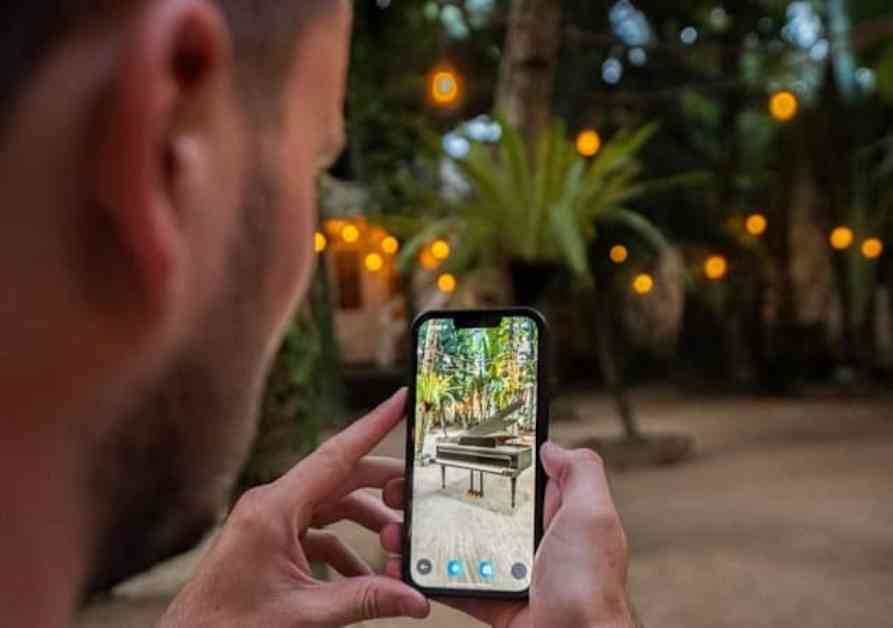Augmented Reality (AR) has revolutionized the retail industry, transforming the way customers interact with products and brands. With the introduction of AR apps, retailers have been able to provide users with personalized and interactive shopping experiences. This technology allows users to visualize how products fit into their lives before making a purchase, similar to how online casinos use modern technologies to enhance user experience.
One of the main benefits of AR in retail is the improved visualization of products. Shoppers can now use their smartphones to try on clothes virtually or visualize how furniture might look in their homes. This enriched shopping experience engages customers more deeply and provides a more personalized shopping experience. Retailers have even started experimenting with digital fitting rooms, allowing buyers to virtually try on clothes without stepping into a physical fitting room.
In addition to better product visualization, AR in retail also allows for greater depth of product information. Retailers are using AR to transform physical shopping into a blend of actual and digital experiences, attracting new customers with gamified shopping experiences and exclusive deals. Both retailers and customers can benefit from AR in retail, as it leads to more sales, increased customer satisfaction, and a more seamless connection between online shopping and in-store experiences.
While the potential for AR in retail is vast, there are challenges that come with implementing these technologies. Smaller retailers may struggle with the cost of expensive AR tools, while customers may have concerns about privacy when using AR apps. Retailers must address these concerns to build customer trust and ensure a smooth experience across different devices and platforms. Keeping up with software updates and training staff to use AR tools properly can also be challenging.
Despite these challenges, AR is reshaping the future of retail technology by providing more fun and immersive shopping experiences for customers. The impact of AR on the retail industry is undeniably positive, and as this technology continues to improve, we can expect to see it play an even bigger role in the future. Retailers should continue to embrace AR technologies to stay competitive and offer customers personalized and interactive shopping experiences.
As AR transforms the retail world, customers can look forward to more engaging and exciting shopping experiences. It’s important for retailers to keep up with these technologies and use strategies like gamification in retail to enhance the overall shopping experience. With AR, the future of retail is bright and full of possibilities for both retailers and customers.












